Home>Furniture & Design>Interior Design Trends>How Many Drinks Are In A 10-Ounce Glass Of Wine
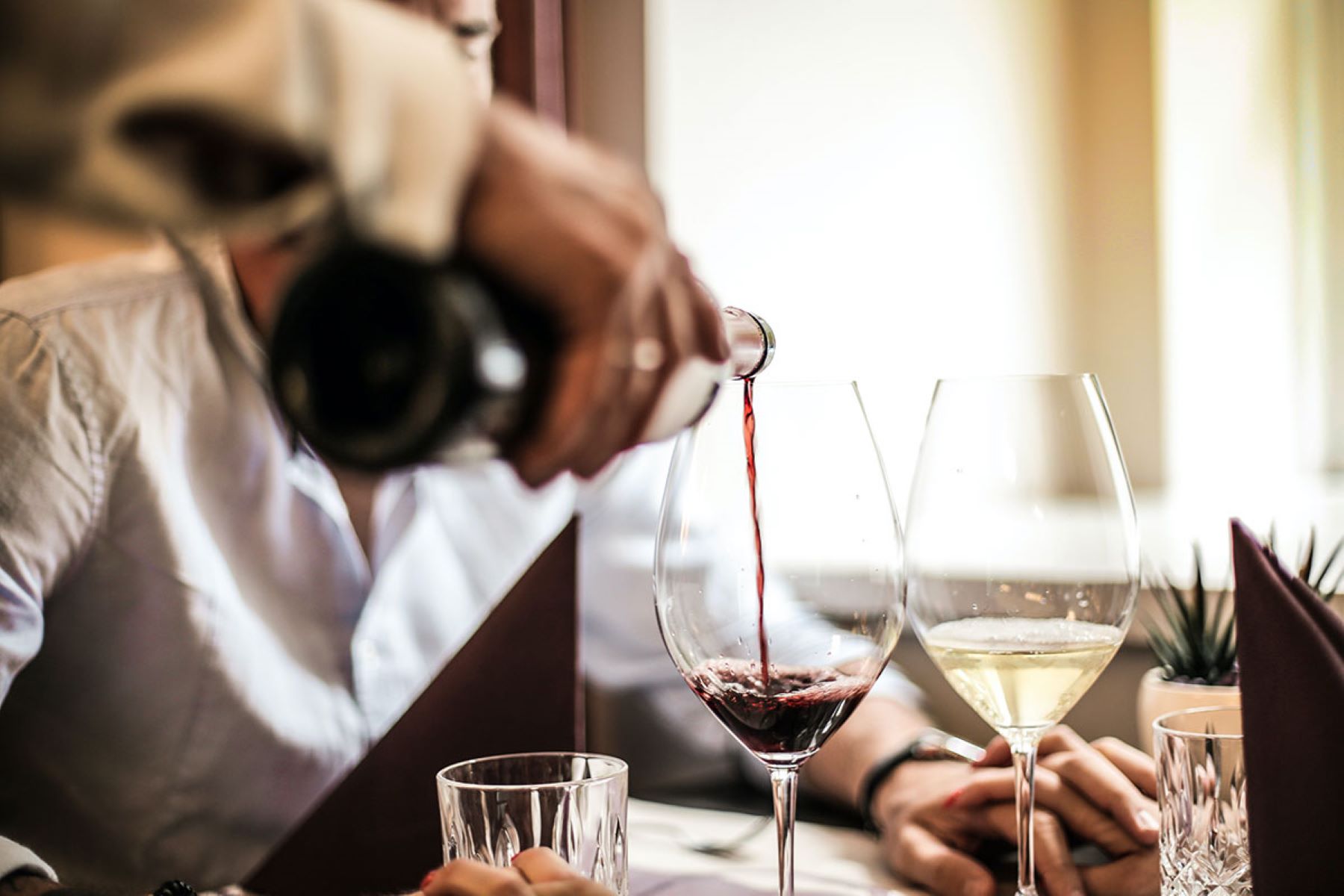

Interior Design Trends
How Many Drinks Are In A 10-Ounce Glass Of Wine
Modified: February 18, 2024
Discover the latest interior design trends and get inspired with our expert tips. Learn how to incorporate modern styles into your home.
(Many of the links in this article redirect to a specific reviewed product. Your purchase of these products through affiliate links helps to generate commission for Storables.com, at no extra cost. Learn more)
Introduction
When it comes to enjoying a glass of wine, understanding the standard serving size is crucial for responsible consumption. Many individuals may wonder how many drinks are in a 10-ounce glass of wine, especially when considering the potential effects on their health and well-being. This article aims to shed light on this topic, providing valuable insights into the standard serving size of wine, the number of ounces in a typical glass, and how to calculate the number of drinks in a 10-ounce glass of wine.
By delving into this subject, readers will gain a deeper understanding of the relationship between wine consumption and alcohol intake, empowering them to make informed decisions about their drinking habits. Additionally, we will explore various factors that can influence the number of drinks in a 10-ounce glass of wine, offering a comprehensive perspective on this intriguing and relevant aspect of wine culture. So, let's embark on this enlightening journey to unravel the mysteries of wine serving sizes and the implications for responsible enjoyment.
Key Takeaways:
- Enjoying a 10-ounce glass of wine equals 2 standard drinks, so be mindful of alcohol intake. Stick to the 5-ounce standard for a balanced and responsible wine experience.
- Factors like alcohol content, pouring practices, and personal tolerance can affect the number of drinks in a 10-ounce glass of wine. Stay informed and enjoy wine responsibly.
Read more: How Many Ounces Is One Glass Of Wine
Understanding the standard serving size of wine
When it comes to savoring a glass of wine, understanding the standard serving size is essential for maintaining a healthy and balanced approach to consumption. The standard serving size of wine is typically measured in fluid ounces, with moderation being a key principle for responsible enjoyment. In the United States, a standard serving of wine is generally considered to be 5 ounces. This measurement provides a benchmark for individuals to gauge their wine intake and make informed decisions about their drinking habits.
The 5-ounce standard serving size is not arbitrary; it is based on guidelines established by health organizations and regulatory bodies. This quantity allows individuals to enjoy the flavors and aromas of wine while minimizing the potential risks associated with excessive alcohol consumption. By adhering to the standard serving size, wine enthusiasts can savor the experience without compromising their well-being.
It's important to note that the standard serving size of 5 ounces applies to a variety of wine types, including red, white, rosé, and sparkling wines. This uniform measurement ensures consistency and enables individuals to compare their wine intake across different varietals. Whether indulging in a rich Cabernet Sauvignon or a crisp Chardonnay, adhering to the standard serving size promotes a balanced and mindful approach to wine consumption.
Understanding the standard serving size of wine also involves recognizing the impact of portion control on overall health. By adhering to recommended serving sizes, individuals can better manage their alcohol intake and mitigate the potential health risks associated with excessive drinking. This awareness fosters a culture of responsible wine enjoyment, emphasizing quality over quantity and promoting a holistic approach to well-being.
In summary, comprehending the standard serving size of wine is fundamental to fostering a healthy and balanced relationship with this beloved beverage. By embracing the 5-ounce guideline and acknowledging the significance of moderation, individuals can savor the pleasures of wine while prioritizing their health and wellness. This understanding sets the stage for informed decision-making and empowers wine enthusiasts to embrace a mindful and responsible approach to consumption.
How many ounces are in a standard glass of wine
A standard glass of wine typically contains 5 ounces, serving as the benchmark for responsible and moderate consumption. This measurement is widely recognized and endorsed by health organizations and regulatory bodies, reflecting a balanced approach to enjoying wine. The 5-ounce standard has become a cornerstone of wine culture, guiding enthusiasts in their quest for appreciation and enjoyment.
The 5-ounce standard is not arbitrary; it is rooted in a thoughtful consideration of both enjoyment and well-being. This measurement allows individuals to experience the nuances and complexities of wine without exceeding recommended alcohol intake levels. By adhering to the 5-ounce standard, wine enthusiasts can savor the flavors, aromas, and textures of their favorite varietals while maintaining a mindful approach to consumption.
Furthermore, the 5-ounce standard aligns with broader health guidelines that emphasize moderation and responsible drinking. It provides a tangible and practical framework for individuals to gauge their wine intake, promoting a culture of informed decision-making and balanced enjoyment. Whether indulging in a glass of Merlot at a social gathering or sipping a refreshing Sauvignon Blanc at home, adhering to the 5-ounce standard fosters a sense of mindfulness and awareness.
In addition to its role in promoting responsible consumption, the 5-ounce standard serves as a universal reference point for wine enthusiasts. Regardless of the wine type or varietal, this consistent measurement allows individuals to compare and appreciate their wine intake across different contexts and occasions. Whether exploring the robust character of a Malbec or the delicate notes of a Pinot Grigio, the 5-ounce standard provides a common language for discussing and savoring wine experiences.
It's important to recognize that the 5-ounce standard is not only a reflection of moderation but also a celebration of the sensory journey that wine offers. By embracing this measurement, individuals can engage in the art of wine appreciation while prioritizing their well-being. This harmonious balance between enjoyment and responsibility underscores the significance of the 5-ounce standard, shaping the way wine is enjoyed and cherished by enthusiasts around the world.
In summary, the 5-ounce standard embodies the essence of responsible wine consumption, offering a tangible and meaningful measurement for individuals to savor the pleasures of wine while prioritizing their health and well-being. This standard serves as a guiding principle, fostering a culture of mindfulness and informed enjoyment, and enriching the wine experience for enthusiasts everywhere.
Calculating the number of drinks in a 10-ounce glass of wine
When it comes to understanding the number of drinks in a 10-ounce glass of wine, it's essential to consider the standard serving size and the implications for responsible consumption. With the standard serving size of wine typically set at 5 ounces, a 10-ounce glass contains twice the amount of a standard serving. This means that a 10-ounce glass of wine equates to 2 standard drinks.
The concept of standard drinks is crucial for assessing alcohol intake and its potential effects on health and well-being. In the United States, a standard drink is defined as containing 14 grams of pure alcohol, which is equivalent to approximately 0.6 fluid ounces or 14 grams of ethanol. By applying this standard measurement, individuals can gauge their alcohol consumption and make informed decisions about their drinking habits.
When considering a 10-ounce glass of wine, it's important to recognize that the alcohol content can vary depending on the specific wine varietal and its alcohol by volume (ABV) percentage. For example, a typical 5-ounce serving of wine with an ABV of 12% contains approximately 0.6 ounces of pure alcohol. Therefore, a 10-ounce glass of wine with the same ABV would contain approximately 1.2 ounces of pure alcohol, equivalent to 2 standard drinks.
Calculating the number of drinks in a 10-ounce glass of wine involves a straightforward conversion based on the standard serving size and the corresponding alcohol content. By understanding the relationship between fluid ounces, alcohol content, and standard drink measurements, individuals can gain clarity on the implications of consuming a larger serving of wine.
It's important to approach the calculation of drinks in a 10-ounce glass of wine with mindfulness and awareness of personal alcohol tolerance and health considerations. While enjoying a larger glass of wine can be a delightful experience, it's essential to prioritize responsible consumption and consider the potential effects on overall well-being.
In summary, a 10-ounce glass of wine contains 2 standard drinks based on the standard serving size of 5 ounces. By recognizing the alcohol content and applying the concept of standard drinks, individuals can make informed choices about their wine intake, fostering a culture of responsible and mindful consumption.
Factors that can affect the number of drinks in a 10-ounce glass of wine
Several factors can influence the number of drinks in a 10-ounce glass of wine, impacting the overall alcohol content and serving size. Understanding these factors is essential for individuals to make informed decisions about their wine consumption and to maintain a responsible approach to drinking. Here are the key factors that can affect the number of drinks in a 10-ounce glass of wine:
Read more: How Many Ounces Are In A Glass
1. Alcohol by Volume (ABV):
The alcohol by volume (ABV) of a wine directly affects the number of drinks in a 10-ounce glass. Wines with higher ABV percentages contain more alcohol per ounce, leading to an increased alcohol content in a 10-ounce serving. For example, a wine with 15% ABV will yield more drinks in a 10-ounce glass compared to a wine with 10% ABV.
2. Wine Varietal:
Different wine varietals, such as red, white, rosé, and sparkling wines, can have varying ABV percentages. Red wines, particularly bold varietals like Cabernet Sauvignon or Zinfandel, often have higher ABV compared to lighter white wines such as Pinot Grigio or Sauvignon Blanc. The choice of wine varietal significantly influences the number of drinks in a 10-ounce glass.
3. Pouring Practices:
The manner in which a 10-ounce glass of wine is poured can impact the actual volume of the serving. Variations in pouring techniques and glassware sizes can lead to differences in the amount of wine poured, ultimately affecting the number of drinks in the glass.
4. Personal Tolerance and Health Considerations:
Individuals' tolerance to alcohol and their overall health status play a crucial role in determining the impact of consuming a 10-ounce glass of wine. Factors such as body weight, metabolism, and any underlying health conditions can influence how the body processes alcohol, affecting the perceived number of drinks in a serving.
Read more: How Many Ounces Is A Rocks Glass
5. Cultural and Social Norms:
Cultural and social contexts can influence the perception of serving sizes and acceptable drinking practices. In some cultures, larger wine servings may be customary, leading to variations in the perceived number of drinks in a 10-ounce glass based on societal norms and traditions.
6. Dilution and Mixing:
In certain instances, wine may be diluted or mixed with other ingredients, altering its overall alcohol content. This can impact the number of standard drinks in a 10-ounce glass, especially when considering wine-based cocktails or mixed drinks.
By considering these factors, individuals can gain a comprehensive understanding of the dynamics that influence the number of drinks in a 10-ounce glass of wine. This awareness empowers individuals to approach wine consumption with mindfulness and responsibility, taking into account the various elements that contribute to the overall alcohol content and serving size.
Conclusion
In conclusion, the question of how many drinks are in a 10-ounce glass of wine is not merely a matter of arithmetic but a reflection of the intricate interplay between standard serving sizes, alcohol content, and responsible consumption. By delving into this topic, we have gained valuable insights into the standard serving size of wine, the number of ounces in a typical glass, and the calculation of drinks in a 10-ounce serving. This exploration has provided a nuanced understanding of the relationship between wine consumption and alcohol intake, empowering individuals to make informed decisions about their drinking habits.
The standard serving size of 5 ounces serves as a guiding principle for responsible wine enjoyment, emphasizing moderation and mindfulness. This uniform measurement allows individuals to savor the flavors and aromas of wine while minimizing the potential risks associated with excessive alcohol consumption. By adhering to the 5-ounce standard, wine enthusiasts can strike a harmonious balance between enjoyment and well-being, fostering a culture of informed and mindful consumption.
When considering a 10-ounce glass of wine, it becomes evident that this larger serving equates to 2 standard drinks based on the 5-ounce standard. Understanding the implications of consuming a 10-ounce serving involves recognizing the alcohol content and applying the concept of standard drinks. By acknowledging the relationship between fluid ounces, alcohol content, and standard drink measurements, individuals can gain clarity on the implications of enjoying a larger glass of wine.
Furthermore, we have explored the factors that can influence the number of drinks in a 10-ounce glass of wine, shedding light on the diverse elements that contribute to the overall alcohol content and serving size. From alcohol by volume (ABV) and wine varietals to pouring practices and personal tolerance, these factors underscore the complexity of assessing alcohol intake and highlight the importance of considering various elements when enjoying wine.
Ultimately, the journey to understanding the number of drinks in a 10-ounce glass of wine has revealed the multifaceted nature of responsible wine consumption. By embracing the standard serving size, recognizing the implications of larger servings, and considering the diverse factors at play, individuals can approach wine enjoyment with mindfulness, awareness, and a commitment to responsible drinking. This comprehensive perspective enriches the wine experience, fostering a culture of informed decision-making and balanced enjoyment.
In essence, the question of how many drinks are in a 10-ounce glass of wine transcends mere quantity; it embodies a holistic approach to wine enjoyment, emphasizing quality, mindfulness, and well-being. As we continue to navigate the world of wine, may this understanding guide us in savoring the pleasures of wine while prioritizing responsible and informed consumption.
Frequently Asked Questions about How Many Drinks Are In A 10-Ounce Glass Of Wine
Was this page helpful?
At Storables.com, we guarantee accurate and reliable information. Our content, validated by Expert Board Contributors, is crafted following stringent Editorial Policies. We're committed to providing you with well-researched, expert-backed insights for all your informational needs.
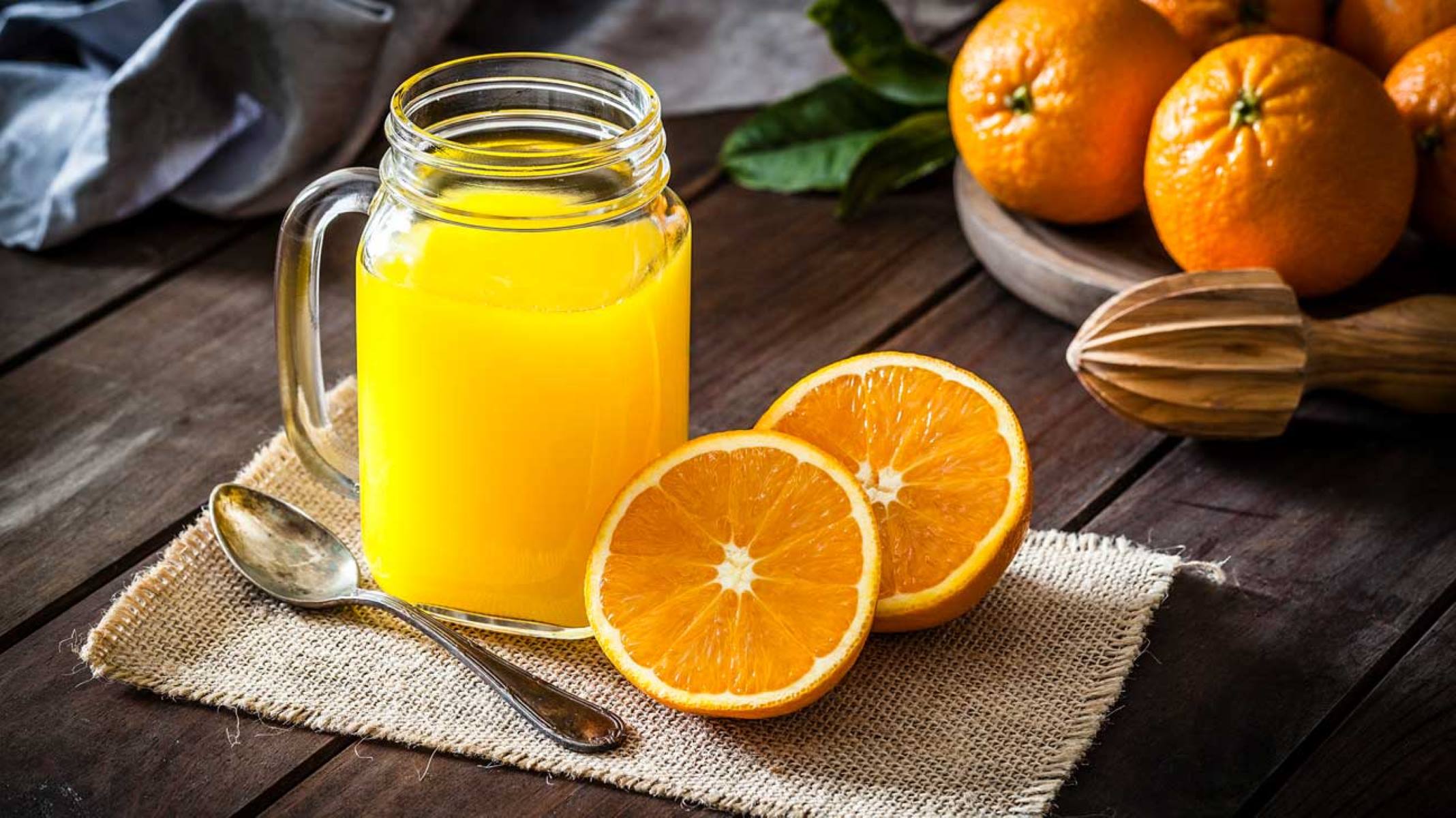
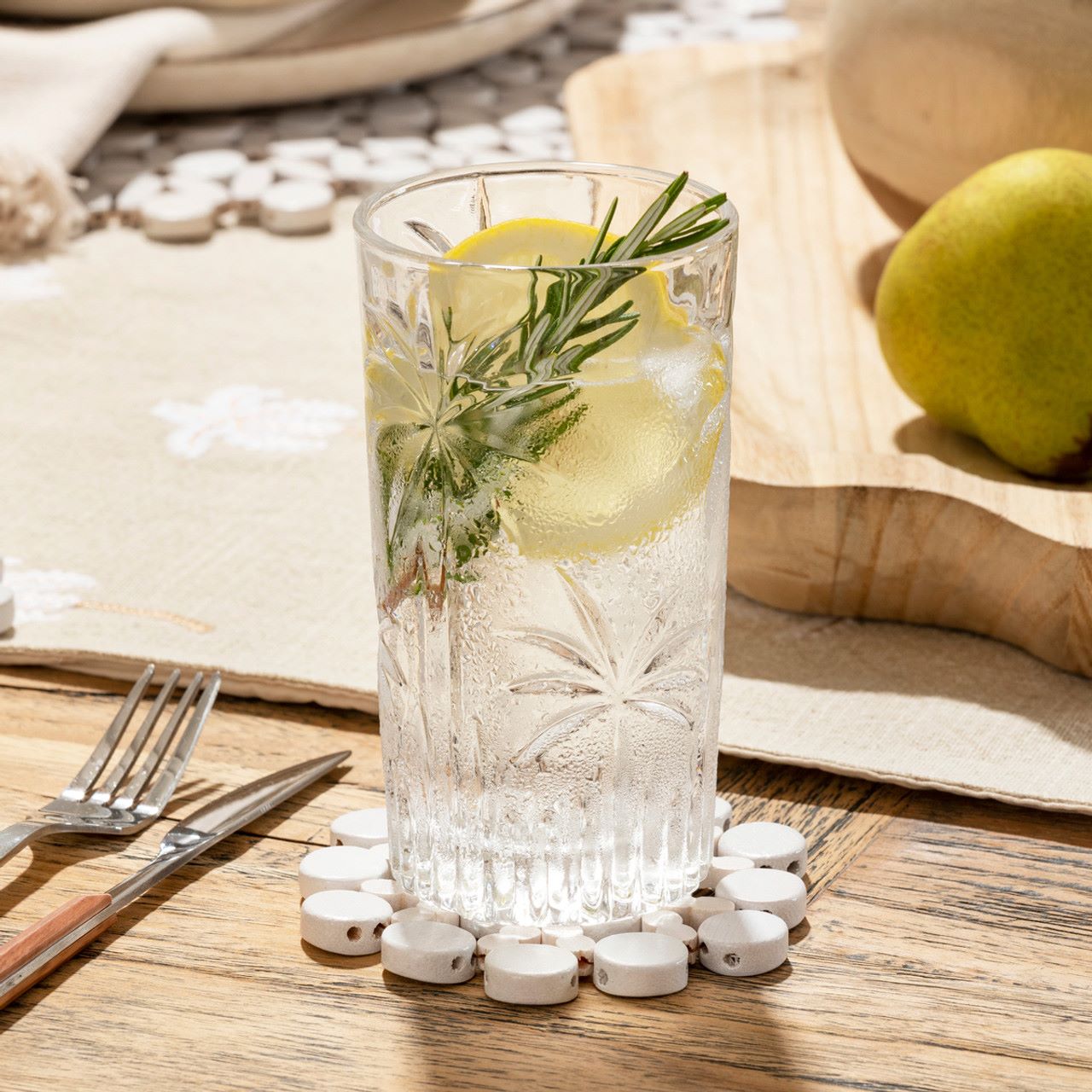
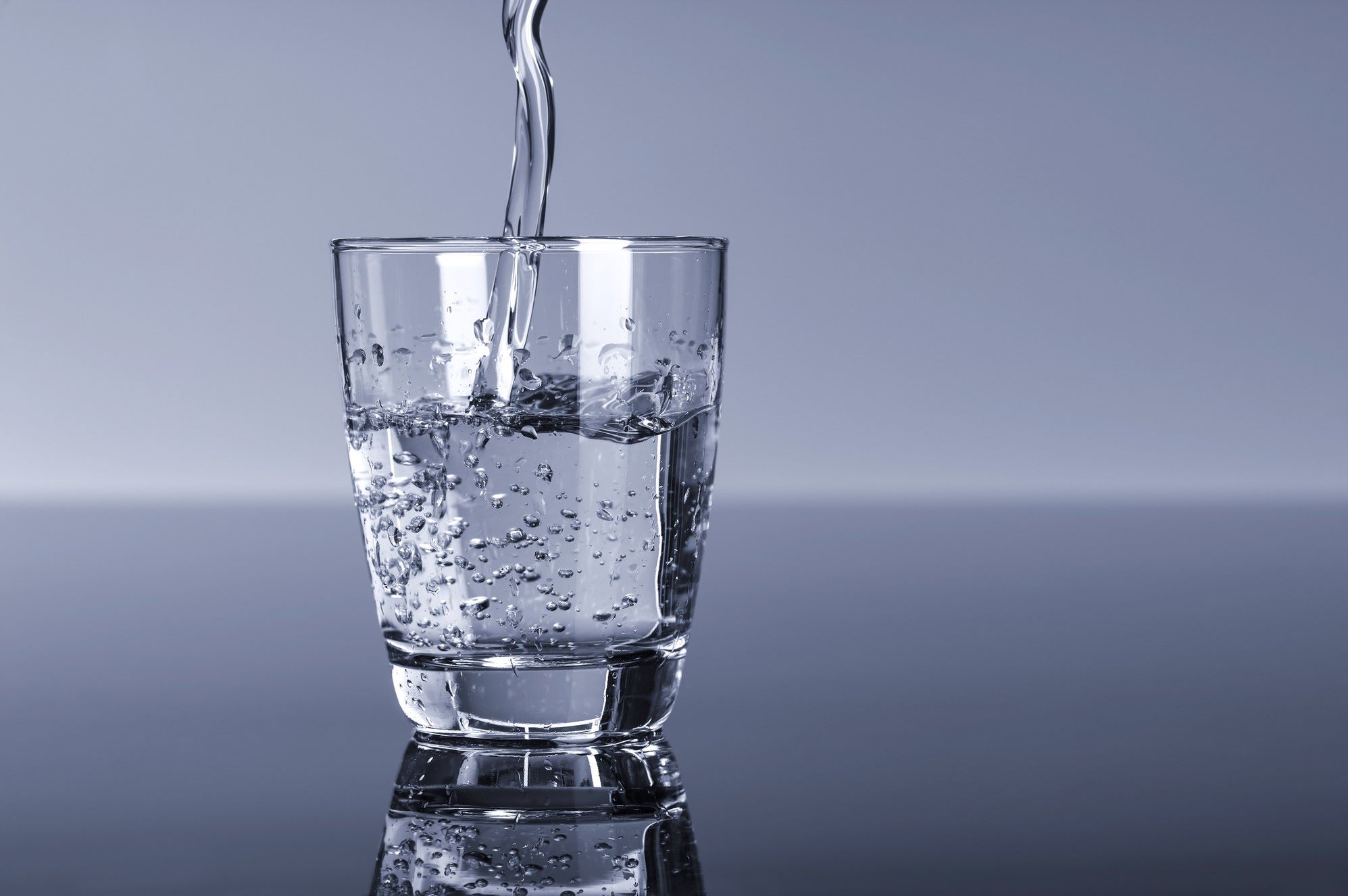
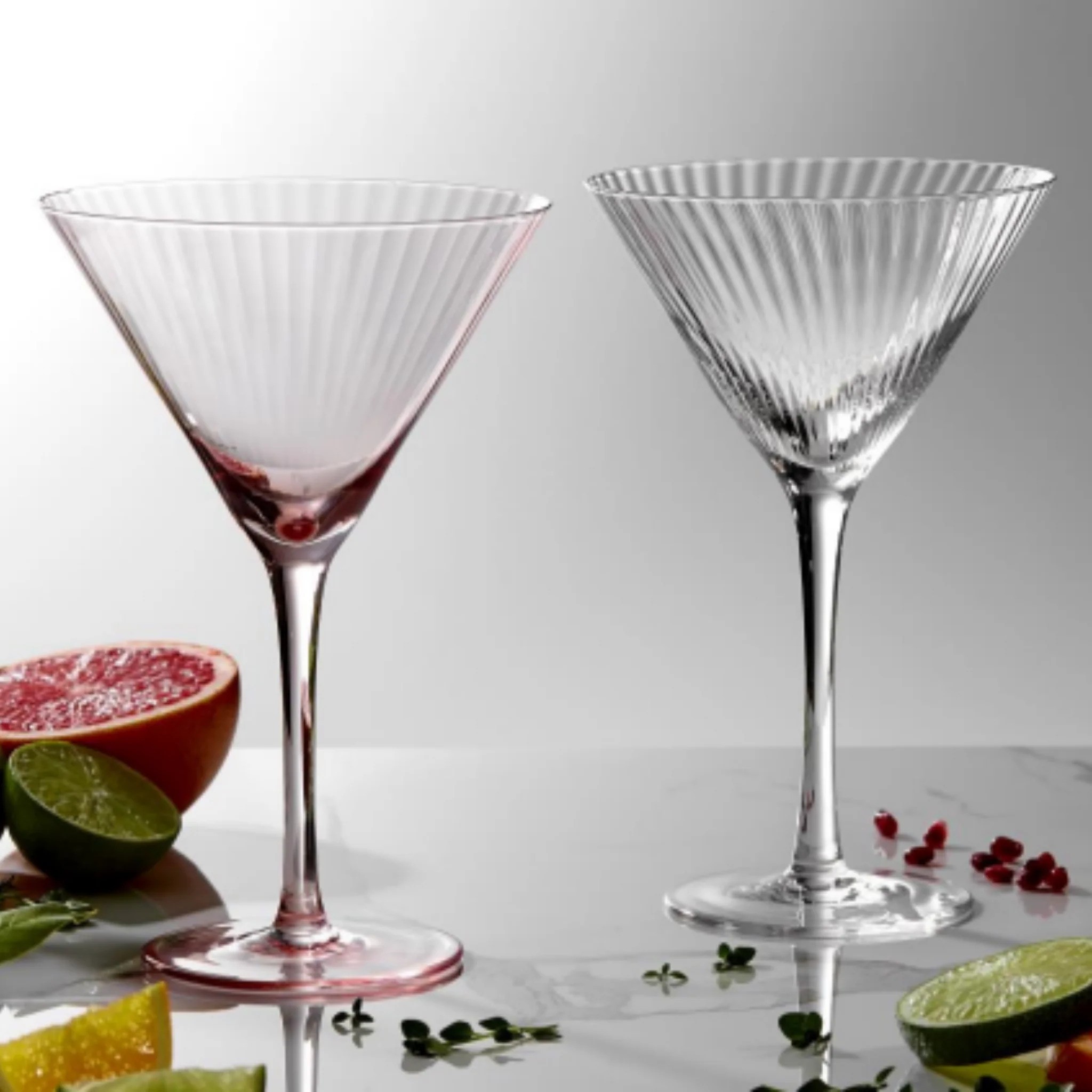
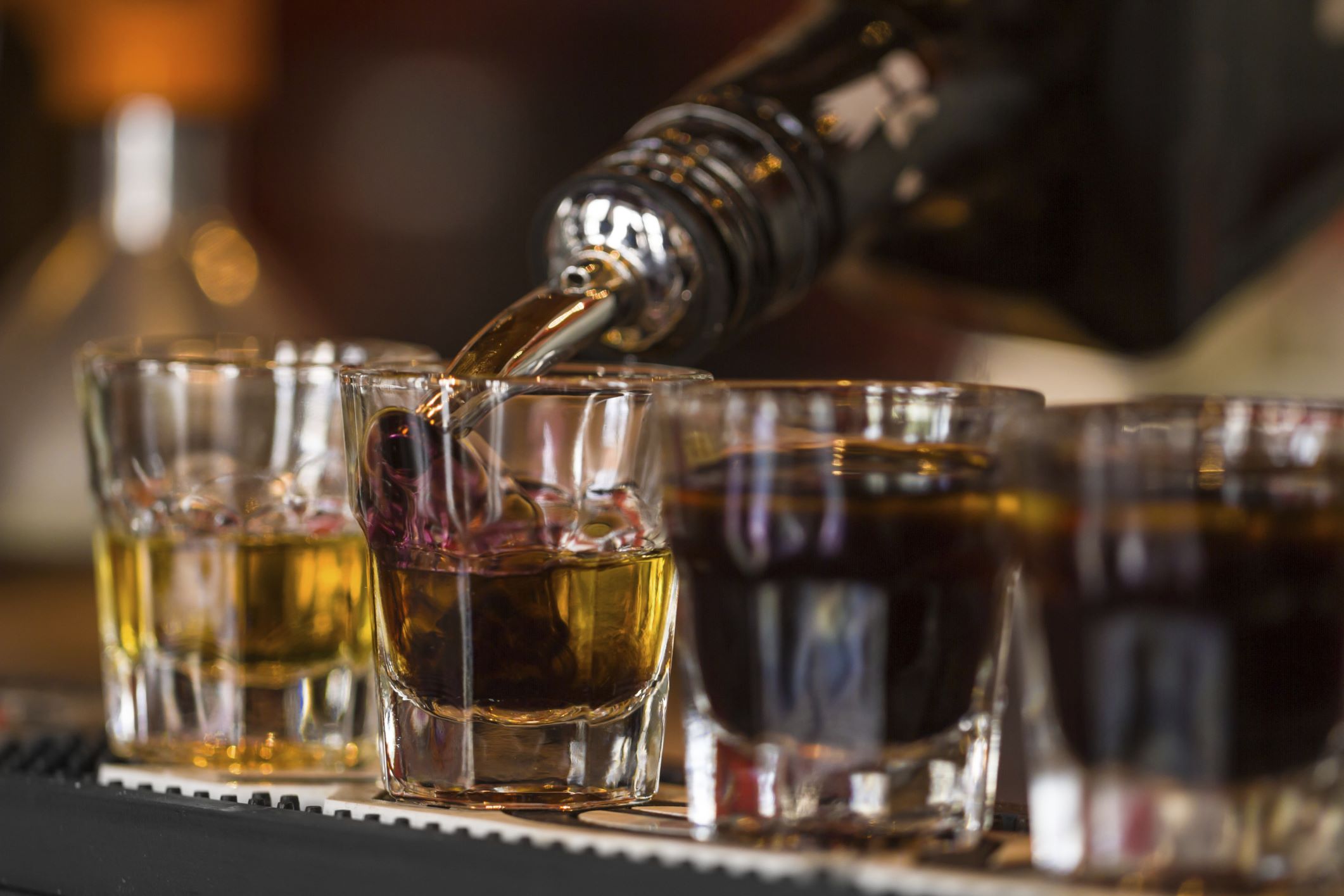
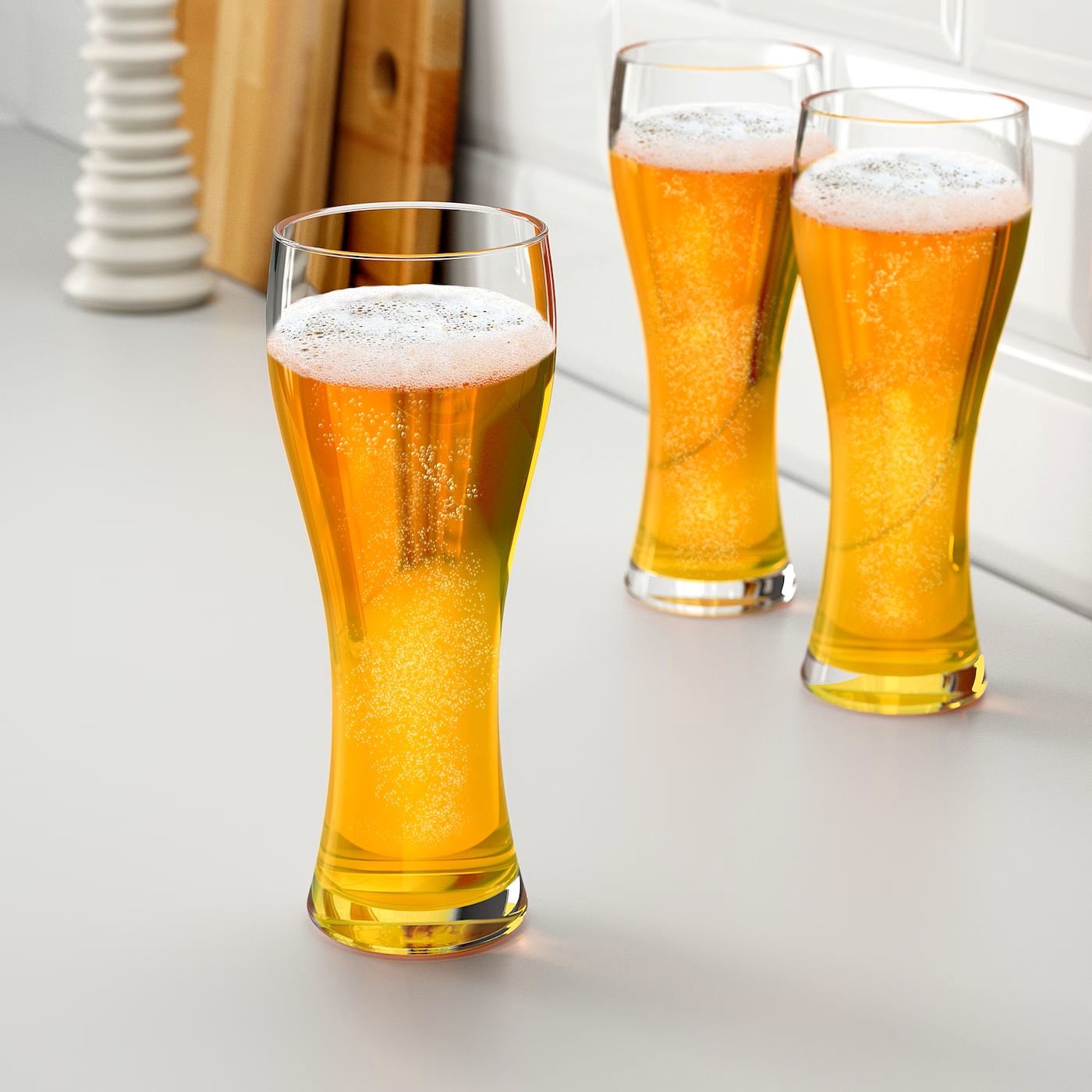
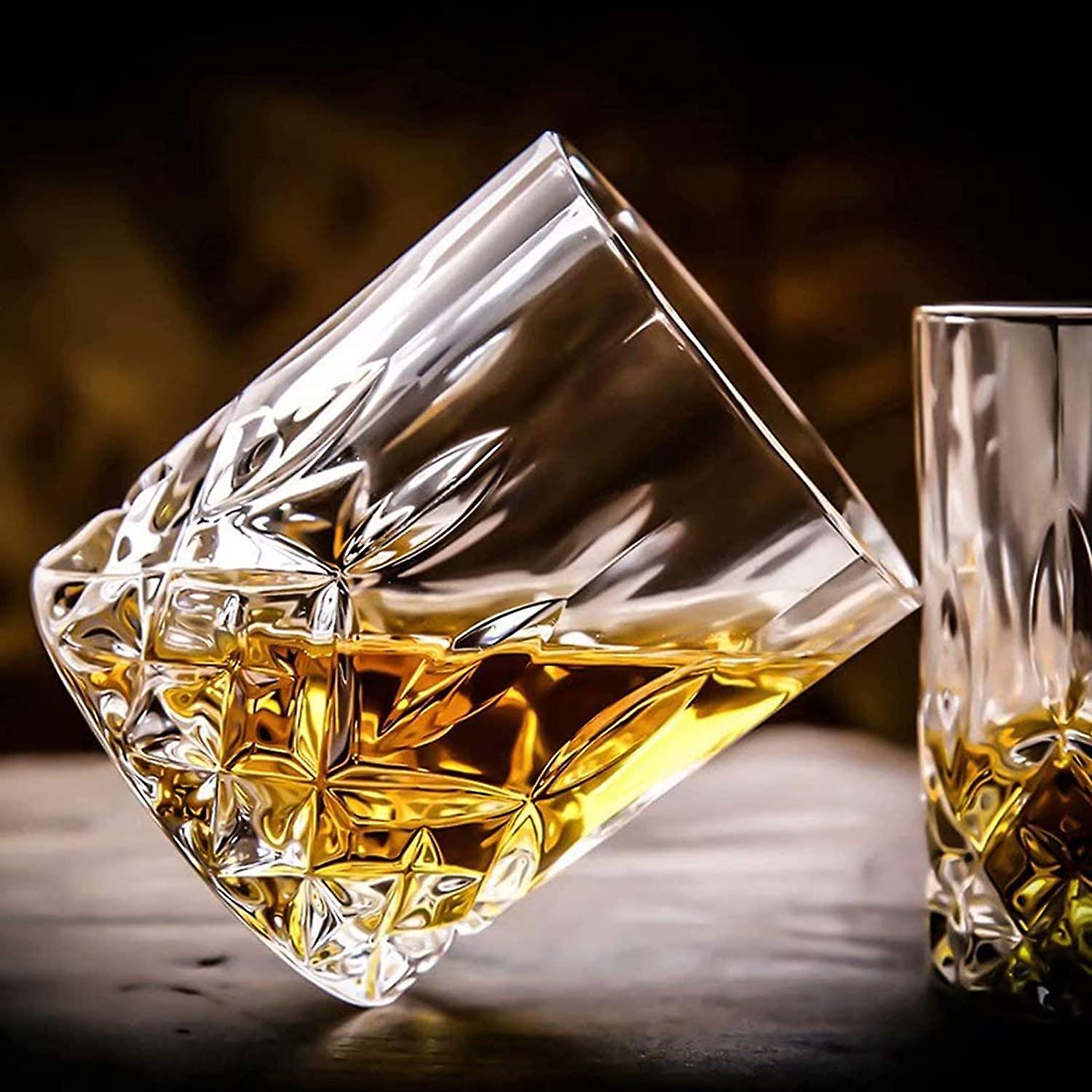
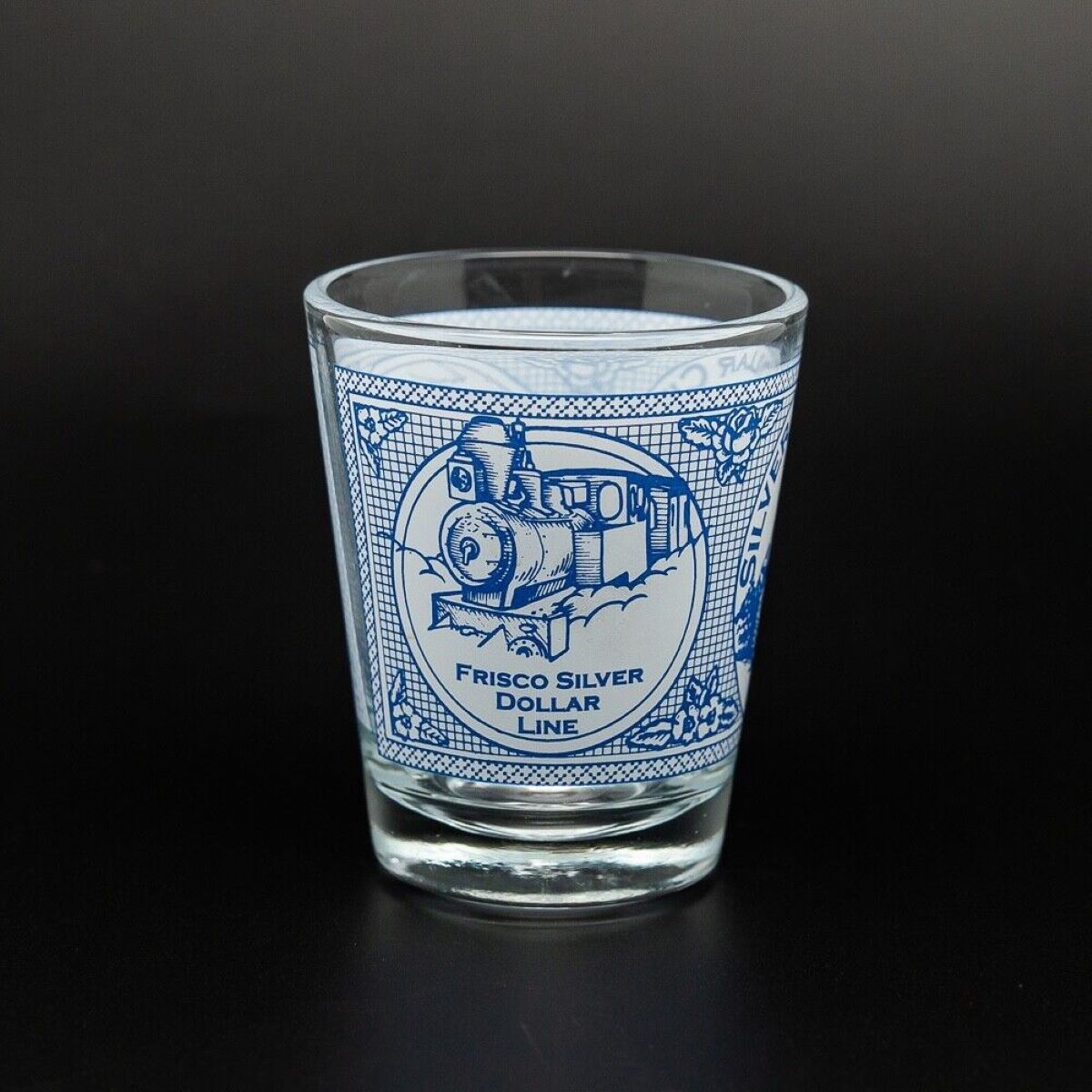
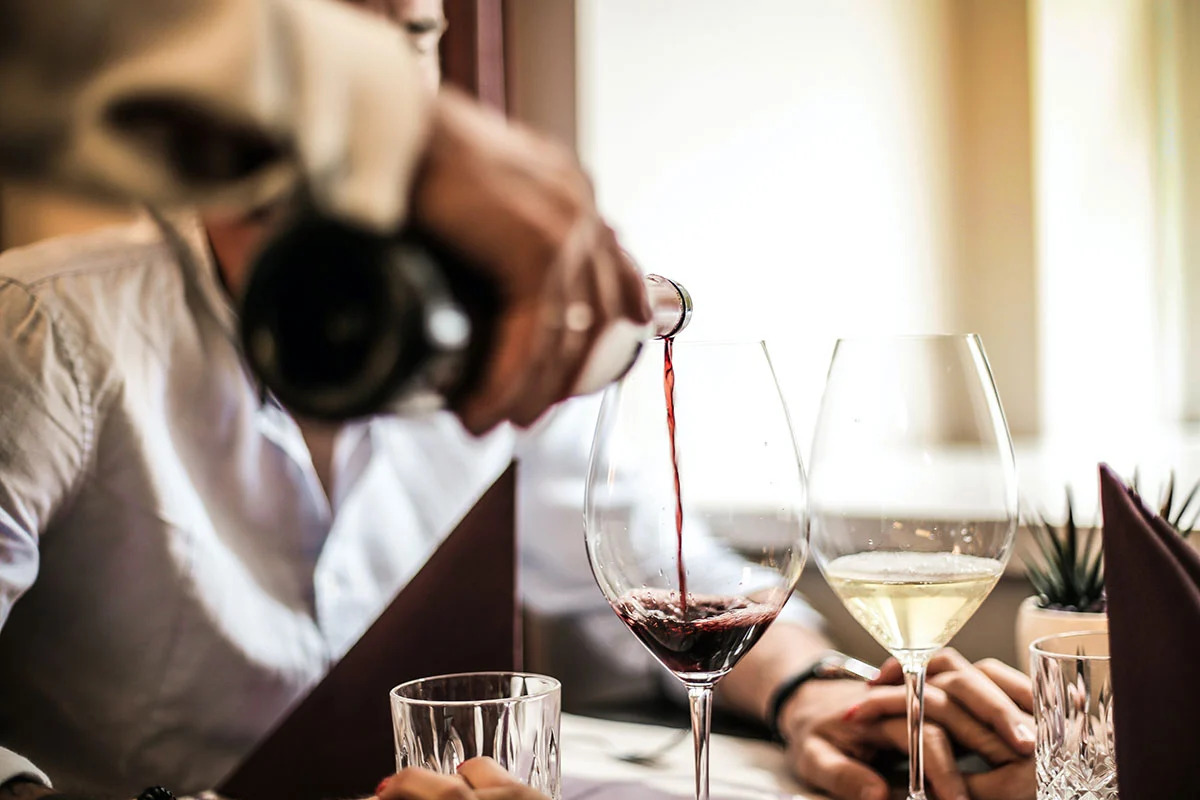
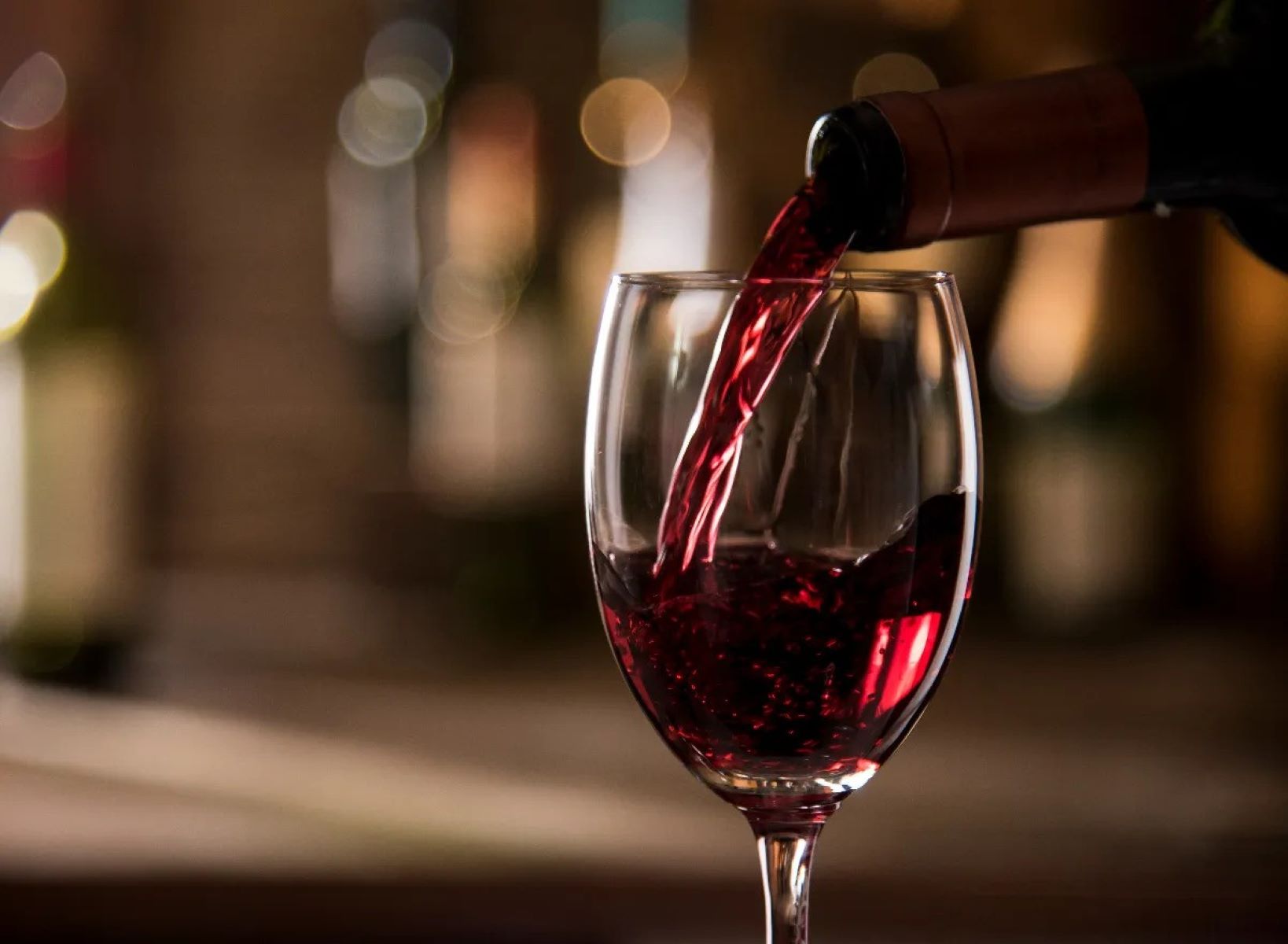
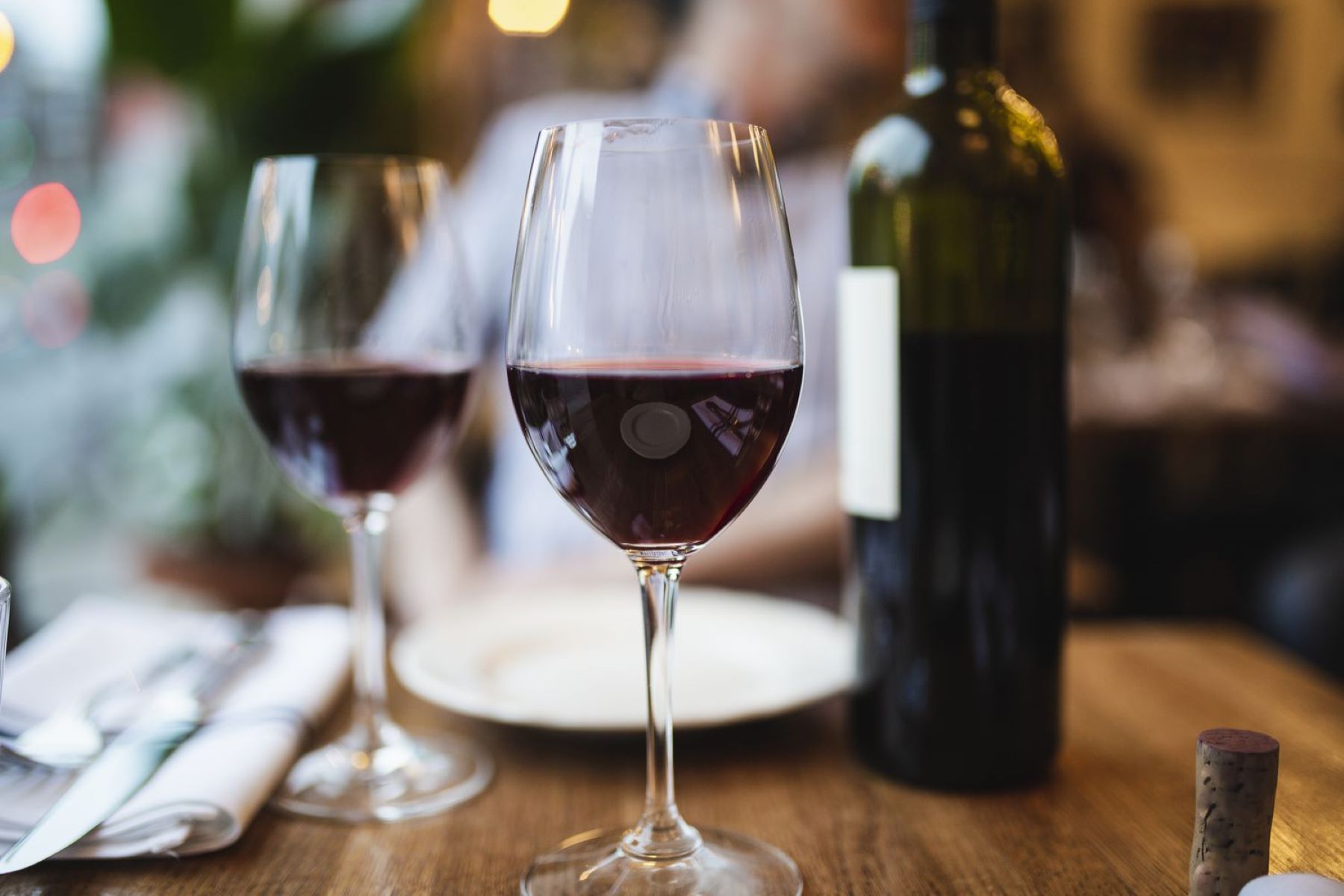

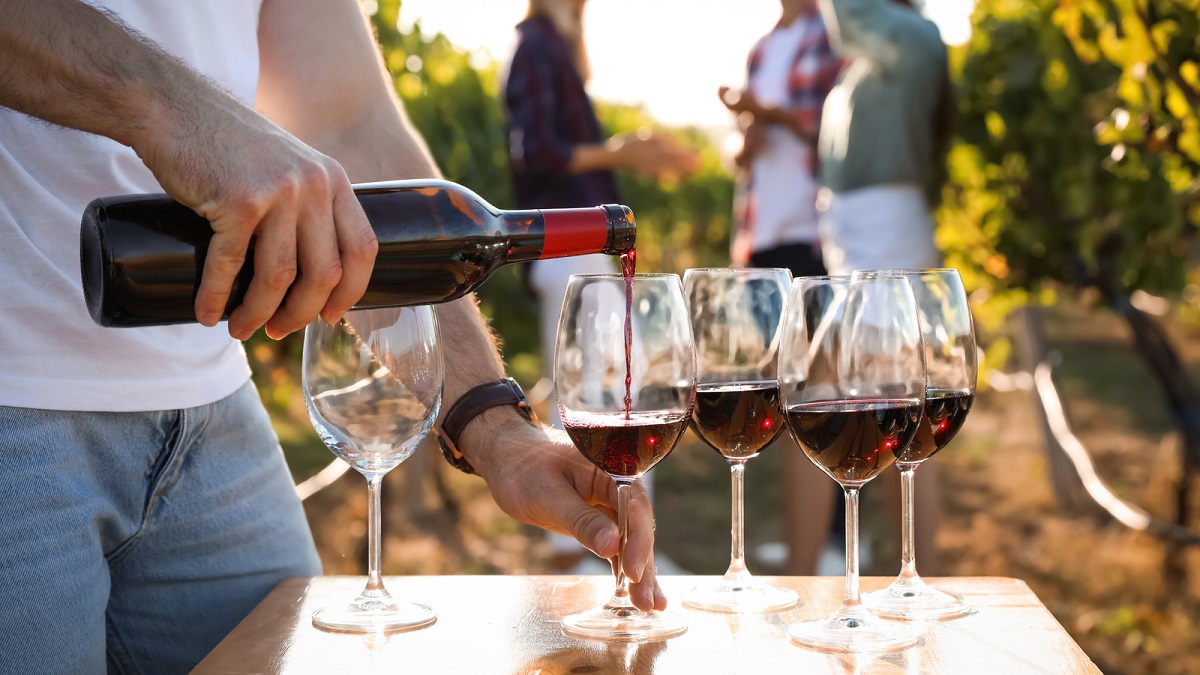

0 thoughts on “How Many Drinks Are In A 10-Ounce Glass Of Wine”